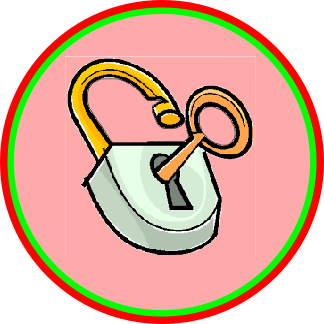Table of Contents
Essential Astronomy Facts on the gaseous giant Planet Jupiter

Among the brightest objects in the night sky, Planet Jupiter has fascinated humans for a long time. The 5th planet from the Sun is amazing for what it is, what it narrowly missed becoming and how it determines the fate of life on Earth. Join me as we explore the fascinating aspects of Jupiter
Amazing Planet Jupiter – why it fascinates us
Largest planet in our neighbourhood
Jupiter is huge. So massive is this planet that its mass alone is 2.5 times the combined mass of all other planets in the solar system put together. The only other object in our solar system that dwarfs Jupiter is the Sun. This is one reason why Jupiter also prominently marks his presence in the night sky.
You can fit 1321 Earths inside gargantuan planet Jupiter.
https://en.wikipedia.org/wiki/Jupiter
In fact, Jupiter is so huge that the Solar System narrowly missed having two stars.
Jupiter’s gravity is important for life on Earth
Planet Jupiter has a huge gravity owing to its huge mass. The gravitational acceleration on its surface is 24.79 meters per second squared. Compare that with Earth’s 9.8 meters per second squared to get a perspective. An object on Jupiter will accelerate 3 times faster while falling compared to Earth.
Its enormous gravity has actually been harnessed by us to catapult our spacecraft into outer space by means of a ‘gravity assist‘.

The fact that Jupiter also has 80 plus moons of its own is testimony to its gravity. Four of its prominent moons are also the biggest in the Solar system.
The most important advantage though, of Jupiter’s enormous gravity, is its ability to act as the vacuum cleaner of our Solar System. Jupiter tugs at a lot of potentially hazardous asteroids that enter the Solar System and in most cases veer them away before they can enter the inner Solar System. This ‘big-brother’ act of Jupiter has allowed life to thrive and evolve on Earth.
Planet Jupiter is a failed star
Jupiter is also regarded by many astronomers as a failed star. Composed of mainly Hydrogen and Helium, Jupiter would have ignited internally to form a star had it been another 75 times more massive.
The fact that Jupiter radiates out more heat than it receives from the Sun points to the heat being released from within it due to the large compression of Hydrogen at its core.
For Jupiter to turn into a star, it will need a minimum of 13 Jupiter like planets to collide with it.
https://www.sciencefocus.com/space/could-jupiter-become-a-star/
Jupiter’s Surface Features are amazing
Jupiter appears murky with swirly features. Jupiter’s outer atmosphere that is visible to us is mainly composed of ammonia clouds. Wind speeds are commonly in the range of 360 km per hour over Jupiter.
One of the prominent features of Jupiter is the Great Red Spot. This spot is an anticyclone that has been observed on Jupiter by humans for nearly the last 250 years. You can see it in the above image.
This Great Red Spot cyclone is bigger than the Earth. Imagine a storm that can gobble up the whole Earth.
Possesses the largest moons of the Solar System
Back in 1610, on a cold starry night of 7th January 1610, a 45-year-old mathematician pointed his refracting telescope towards Jupiter and observed for the first time 4 distinct dots along a single plane around the planet.
His discovery of these unique celestial bodies and subsequent conclusion, based on his extended observation, that these were celestial bodies orbiting not the Sun but Jupiter itself was remarkable.
The man was Galileo Galilei and he had chanced upon the four of the largest moons of Jupiter – Io, Europa, Ganymede and Callisto in order of their orbits around Jupiter. In honour of his discovery, astronomers call this quartet, the ‘Galilean moons’.
So profound was this discovery that it led Galileo to fully endorse Polish astronomer, Copernicus’s Heliocentric theory and end up facing the wrath of the Roman Inquisition.
Jupiter has fascinated mankind from time immemorial. Its influence on the collective conscience of human society during all the periods of history have been significant. So has been the ‘big-brother’ influence that planet Jupiter exerts on our Solar System.
Mankind’s tryst with this planet started with our forefathers and will continue with our continued exploration of this planet using the Hubble Space Telescope and the newly launched James Webb Space Telescope.
Additional Reading
Here’s a general knowledge quiz covering Planet Jupiter and here’s one more.


